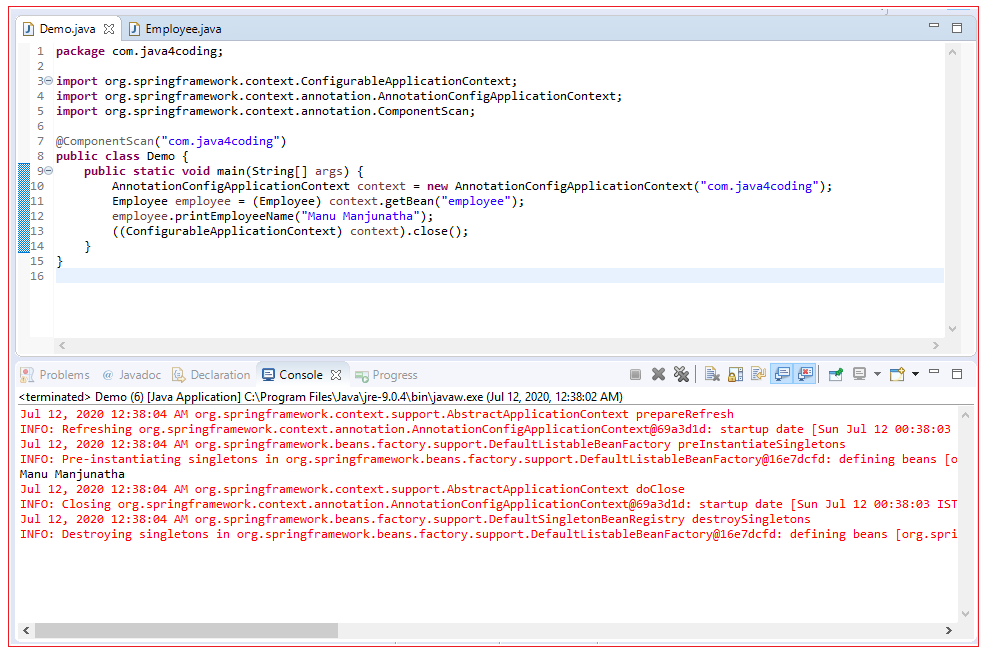

In addition, we can test the REST controller API using a free API life cycle testing application, such as Postman. contentType(MediaType.APPLICATION_JSON_UTF8)) andExpect(MockMvcResultMatchers.jsonPath("$.name", Is.is("Name is mandatory"))) andExpect(MockMvcResultMatchers.status().isBadRequest()) MockMvc.perform(MockMvcRequestBuilders.post("/users") Let’s look at the REST controller implementation: class UserController User user) " Entity - This annotation specifies that the class is an entity.
#Entity annotation in spring how to
Spring Boot makes this seemingly complex process really simple through the implementation of a REST controller. In this tutorial, we will learn how to use JPA Entity annotation in the Spring boot application. Therefore, we can validate them and perform a few further tasks, depending on the validation results. Of course, we need to implement a layer that allows us to get the values assigned to our User object’s constrained fields. The class must have a public or protected, no-argument constructor. So, if you use annotations for mappings, Entity is mandated by the specification and Hibernate has to adhere to it. The class must be annotated with the annotation. The entity class must be annotated with the Entity annotation or denoted in the XML descriptor as an entity. An entity class must follow these requirements.

Since we’ll use Spring Data JPA for saving users to the in-memory H2 database, we also need to define a simple repository interface for having basic CRUD functionality on User objects: The primary programming artifact of an entity is the entity class, although entities can use helper classes. For further information, please read the official bean validation docs. Therefore, when Spring Boot validates the class instance, the constrained fields must be not null and their trimmed length must be greater than zero.Īdditionally, Bean Validation provides many other handy constraints besides This allows us to apply and combine different validation rules to the constrained classes. Also, we specified the error messages with the message attribute. The implementation of our User entity class is pretty anemic indeed, but it shows in a nutshell how to use Bean Validation’s constraints to constrain the name and email fields.įor simplicity’s sake, we constrained the target fields using only the constraint. standard constructors / setters / getters / toString


 0 kommentar(er)
0 kommentar(er)
